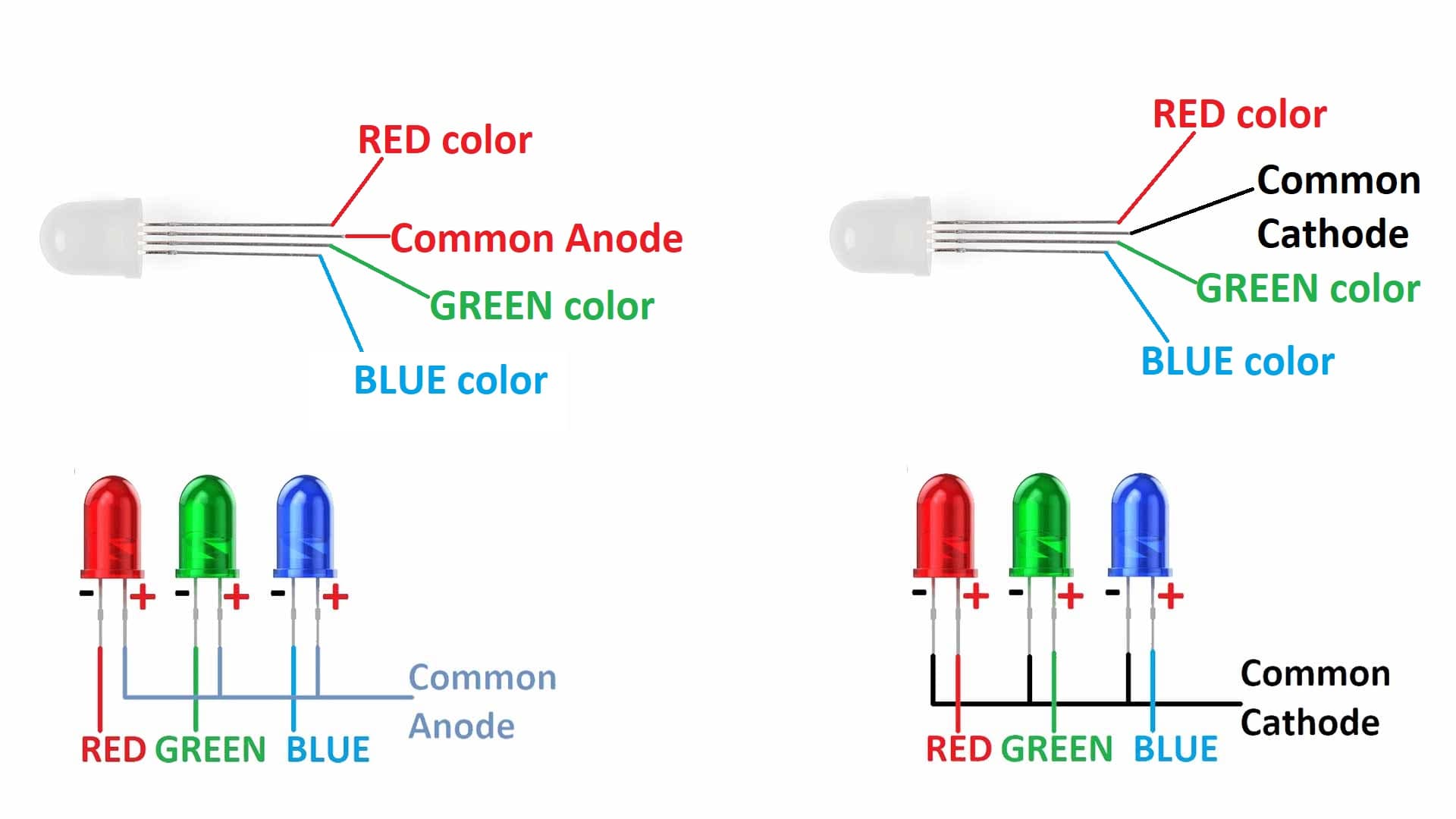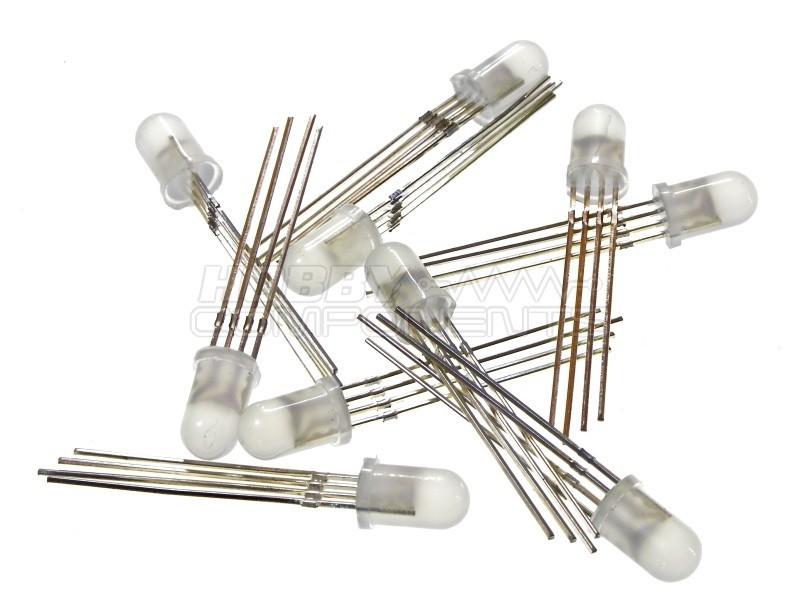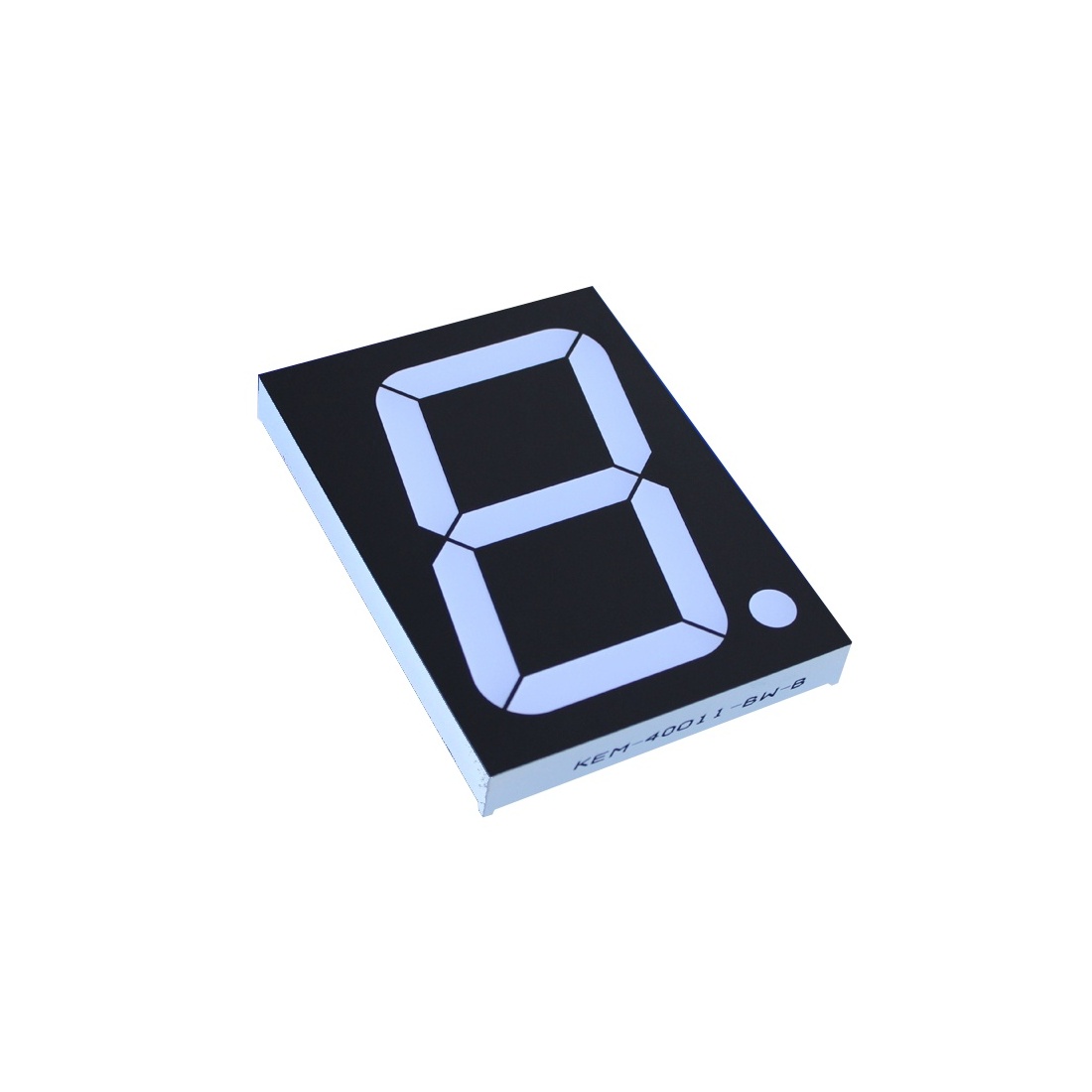
Illuminating individual components occurs by applying a ground logic, also known as "LOW" or Logic "0". In this type of display, all anode connections of the LED segment join to Logic "1". The plug connects to all the eight anode pins of the LEDs. The difference is due to the standard pin on the seven-segment display. They both have a close resemblance except for the polarity of LEDs and the common terminal. It is also commonly known as a CA display. The Common Cathode(CC) 7 Segment Display.When it comes to types of this display, two are available. It is important to note that the size and color of these gadgets affect the amount of current passing in the circuit. However, the most common type is the 14.20mm red 7-segment display since it consumes less current than the other varieties. You can choose various features for the seven-segment display, including the different types of color and size. A concept possible thanks to the display's small size. However, their main advantage is that you can fit multiple of them in a small compact package forming a seven-segment display. It is easy to integrate them into other electronic components and digital circuits.Preference for LEDs is due to reasons such as: The reason is to show decimal digits or give a multi-digit presentation. The decimal point comes in handy when connecting two or more seven-segment displays. The colors range from red to blue to green depending on the various impurities in the semiconductor materials that help produce it. The diode favors current from external voltage to flow forward, and this process is known as electroluminescence. Hence it allows current flow through its junction. While the phenomenon happens, bear in mind that an LED is a solid-state optical p-n junction diode. The production emits light to show digits in all seven segments, with the eighth segment being a decimal point.

He was the inventor of a method to transmit letters and numbers telegraphically.Ī seven-segment display uses Light Emitting Diodes to release light energy in photons. You can trace the use of these gadgets as far back as 1903 by an individual known as Carl Kinsley. These displays have 8 Light-emitting diodes (LEDs) inside for displaying numbers and alphabets. It is An alternative to the complex dot matrix displays. The seven-segment display pin configurationĪ 7 segment display is one of the oldest forms of the electronic display device for displaying decimal numerals in embedded applications.The Functioning of the 7-Segment Display.Holly crap! tring to find the correct transistor is like pulling teeth! All I want is a transisitor style TO-92 that has an ouput of +5v (6 should work.I think) and approx 100mA output. Now, you mentioned using FETs.Does this mean I would use one FET PER digit, with a LOSS of a resister? Also, does the FED come in a DIP package since I am using a breadboard.Im assuming there is a gang of 8(!) Using the above setup, I need one transistor + resister PER digit line My needs are Emitter +5v / Base 2kres pic / Collector Digits Since I do not have any, I need to purchase them, and in doing so, I need to understand what I'm getting! Now in my nearly finished quest, I am trying to locate/determine the correct transistors I need for my project. I'm recommending them because they can be driven by the uController directly (no resistor required), have very low on-resistance, and are very small. in a very small 6 pin housing, there is a P and a N-channel FET.


Just a note on suited transistors for multiplexing: I'm using dual FETs FDC6327C.


 0 kommentar(er)
0 kommentar(er)
